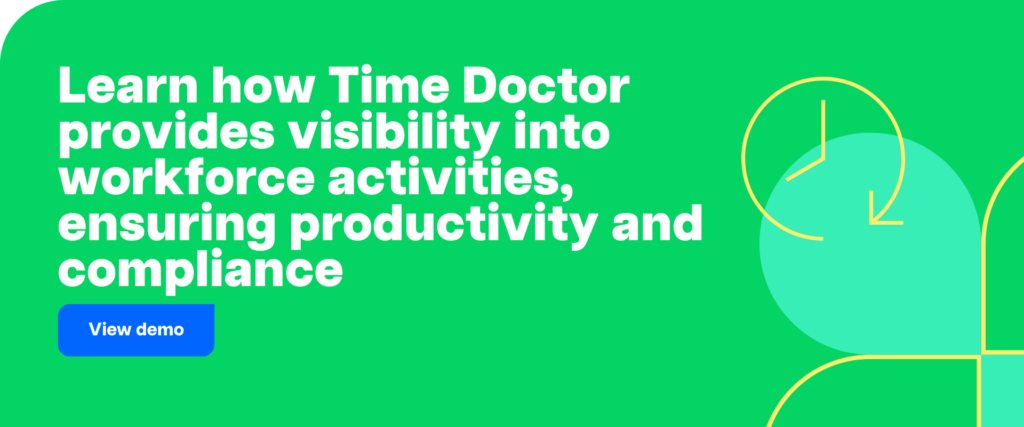In today’s rapidly changing business environment, having a strong commitment to compliance is essential; it’s not something that can be overlooked.
An organization’s activities must follow the field’s laws, moral standards, and best practices. This creates a culture of stability and trust. More oversight from regulators and adding environmental, social, and governance (ESG) factors mean that companies need to make compliance culture a key part of their strategy.
What is compliance culture?
A compliance culture is more than just adhering to laws and regulations; it’s about embedding these principles into the very fabric of an organization. It involves creating an environment where every employee, from top leadership to entry-level staff, understands the importance of compliance and actively participates in upholding these standards.

Key components of a compliance culture
- Leadership commitment: The highest level sets the tone. In addition to promoting compliance, leaders need to set an example for it by acting accordingly.
- Employee engagement: Every employee’s task should include compliance, which should be emphasized through frequent training sessions and unambiguous expectations.
- Ongoing education and training: Individuals must receive ongoing training and education to ensure that they are all aware of the latest regulations and how they impact daily operations.
For instance, a robust culture of compliance can differentiate between success and expensive fines in sectors with strict regulatory compliance requirements like finance and healthcare.
How to create a strong compliance culture
1. Leadership and management
- Role of leadership: Leaders are the ones who carry a compliance culture forward. They must actively promote and uphold compliance standards to set a good example for the entire company. This involves incorporating and implementing a compliance program into the procedures used for decision-making and performance assessments.
- Middle management’s role: Transforming leadership commitment into practical behaviors is a crucial responsibility of middle managers. They ensure that their teams are aware of and obedient to compliance policies.
2. Employee engagement
- Onboarding and training: Compliance needs to be a top priority as soon as a new employee joins the company. Include compliance training in the onboarding process and provide periodic refreshers to ensure staff members and stakeholders are knowledgeable.
- Clear communication: Employees should know where to find advice and have easy-to-use compliance materials at their disposal. For employees to report such problems without fear of reprisal, there must be open, private methods for doing so.

3. Technology integration
- Utilizing AI and RegTech: Technology, particularly RegTech and AI (Artificial Intelligence), is becoming increasingly vital for monitoring and guaranteeing regulatory compliance. These solutions can decrease human error, automate difficult operations, and offer instantaneous insights into possible compliance issues.
- Cybersecurity: As data becomes more digitized, safeguarding private information is crucial. Robust cybersecurity protocols protect against hacks and unwanted access, which helps preserve compliance initiatives’ integrity.
4. Ongoing monitoring and reporting
- Regular audits and surveys: Regular audits and compliance surveys help identify areas for improvement and guarantee that compliance procedures are successfully incorporated into day-to-day operations.
5. Incentives and accountability
- Performance reviews: Tie compliance to performance evaluations, promotions, and bonuses. This not only incentivizes adherence to compliance policies but also integrates these practices into the core operational framework.
- Accountability: Ensuring that non-compliance has consequences and that individuals who demonstrate compliance receive recognition serves to underscore the significance of compliance across the whole organization.
Conclusion
Building a strong compliance culture is a continuous process instead of a one-time event. Every employee must be involved; the leadership must support the monitoring and enforcement of compliance, and state-of-the-art technology must be integrated. By prioritizing these elements, organizations can create a culture of compliance that enhances overall business performance while meeting legal requirements.

Liam Martin is a serial entrepreneur, co-founder of Time Doctor, Staff.com, and the Running Remote Conference, and author of the Wall Street Journal bestseller, “Running Remote.” He advocates for remote work and helps businesses optimize their remote teams.


